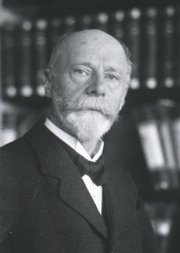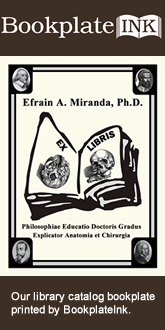This article is part of the series "A Moment in History" where we honor those who have contributed to the growth of medical knowledge in the areas of anatomy, medicine, surgery, and medical research.

Dr. Willem Einthoven
Dr. Willem Einthoven (1860 - 1927). Einthoven was Dutch, born on 1860 in the city of Semarang in the island of Java. His father was a physician working for the Dutch military. He started his medical studies at the University of Utrecht, Holland. Having developed an interest in ophthalmology and physiology, he developed his medicine doctorate thesis on stereoscopic color vision.
In 1885 Einthoven became a Professor of Physiology at the University of Leiden. Having seen a demonstration of Augustus Waller’s “electrogram” (a device that recorded minute deviations on a mercury column when electrically stimulated) in 1887, he improved it by creating the “string galvanometer”. In 1901 Einthoven published his first recordings of what he called “elektrokardiogramm” (EKG).
The initial device was bulky, heavy, and required the patient to sit with both arms and the left leg in separate buckets of salt water, but it did record the electrical activity of the heart (Click here for an image of one of the first electrocardiographs). Eventually the device was commercialized and history was made. It was Einthoven who used the letter P,Q,R,S, and T in electrocardiography.
In 1924, Willem Einthoven was awarded the Nobel Prize in Physiology.
Sources:
1. "Willem Einthoven (1860-1927): father of electrocardiography". Merritt, C. Tan. SY. Singapore Med J 53:(1) 17
2. "Willem Einthoven (1860-1927)" Davies, M; Hollman, A. Heart. 1997 October; 78(4): 324
3. "Willem Einthoven: The development of the human electrocardiogram" Cajavilcaa, C.,Varonb, J.Resuscitation 76:3 2008; 325–328
Original image courtesy of "Images from the History of Medicine" at www.nih.gov.



